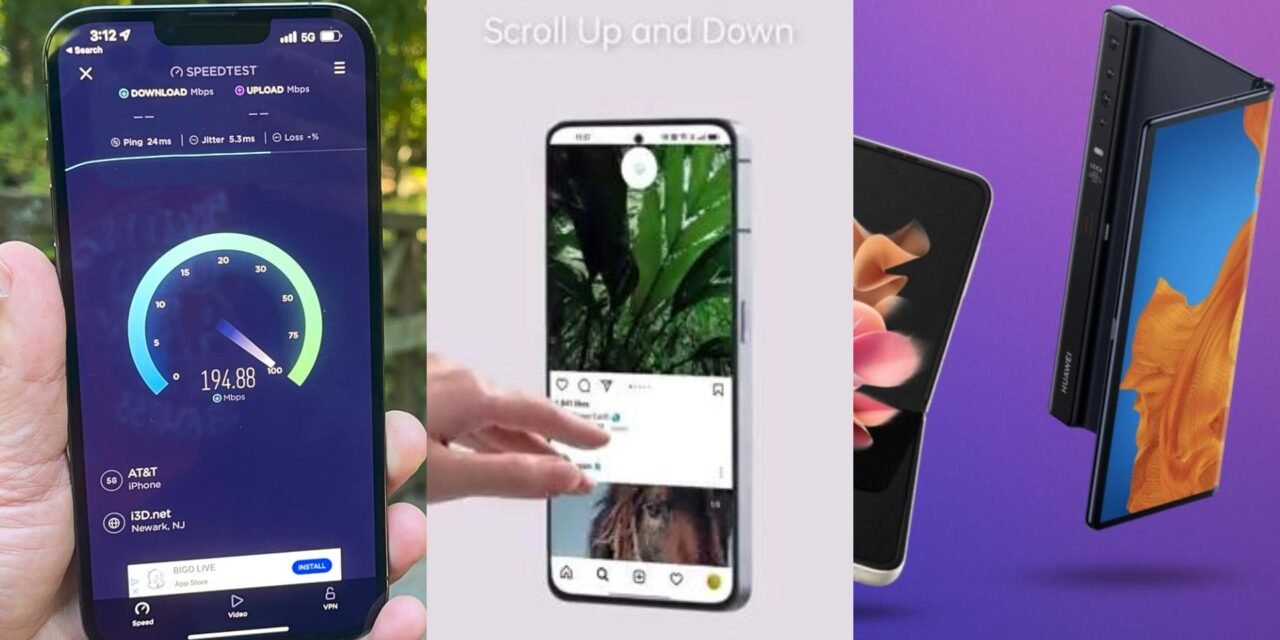The mobile phone industry has come a long way since the first brick-like devices hit the market in the early 2000s. However, in recent years, the evolution of mobile phones has slowed down, with the biggest changes being the shift to touchscreens and the introduction of the Apple iPhone. As we look to the future of mobile phones, there are a few key trends and technologies that are likely to shape the industry.
One of the biggest trends in mobile phone technology is the rise of foldable devices. While some have dismissed these phones as a gimmick, others see them as a useful innovation that can provide a larger screen in a more compact form factor. The biggest advantage of foldable phones is that it gives users the ability to multitask, switching between apps and tasks with ease. In addition, foldable phones could also provide a more immersive experience for gaming and video content.
One of the key features of foldable phones is the ability to multitask. With a larger screen, users can easily switch between apps and tasks, making it easier to get things done on the go. However, while Android operating systems have embraced this feature, iOS has lagged behind. In contrast, the latest iterations of AndroidOS have the ability to run multiple apps simultaneously, allowing users to split the screen and use multiple apps at the same time; this feature is called Split-screen. This is an example of how foldable phones and the software that runs on them are changing the way we interact with our devices and are making multitasking more efficient.
Another trend to watch is the increasing competition between western operating systems like iOS and AndroidOS and Chinese AndroidOS skins like ColourOS. While the western operating systems have long been considered the industry standard, Chinese AndroidOS skins have been gaining popularity due to their emphasis on customization and added features. In the future, it’s likely that we’ll see more competition between these operating systems as they try to outdo each other with new features and capabilities.
When it comes to the biggest upgrade in mobile phone technology in the future, many experts believe that 5G networks will be the game-changer. With 5G networks, users can expect faster download and upload speeds, as well as more stable connections. This will enable new and exciting applications such as virtual and augmented reality, which will change the way we interact with our devices and the world around us.
In addition, with 5G networks, there will be an increase in the use of IoT devices, which will lead to more data-intensive applications like video streaming, gaming and real-time analytics. The combination of faster networks and more powerful devices will also enable new forms of communication, such as holographic calling.
In conclusion, the future of mobile phones is looking bright, with the rise of foldable devices, competition between operating systems and the advent of 5G networks. While the mobile phone industry has been relatively stagnant in recent years, these new trends and technologies are sure to bring new and exciting experiences to users around the world.



Recent Comments